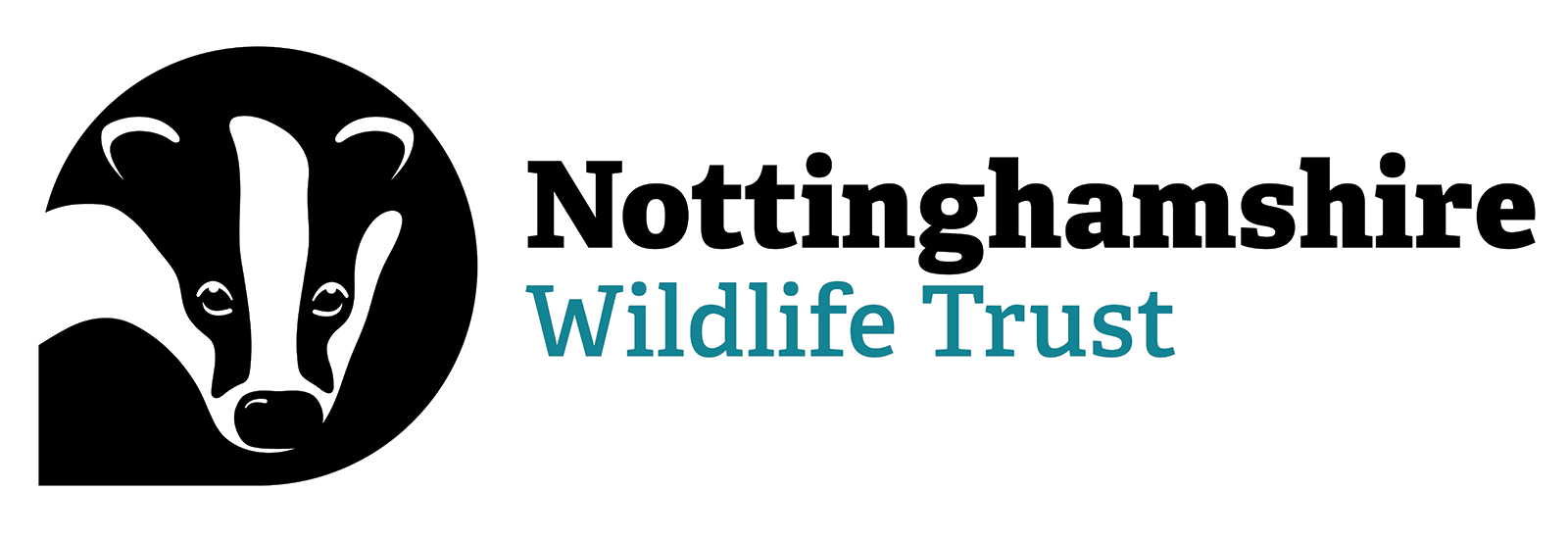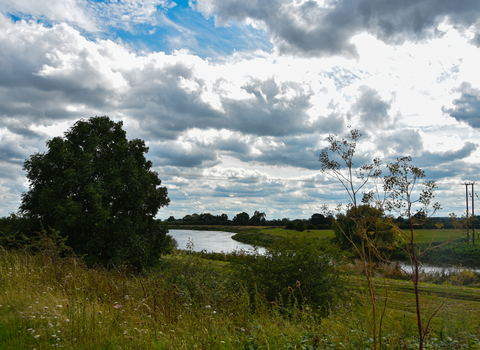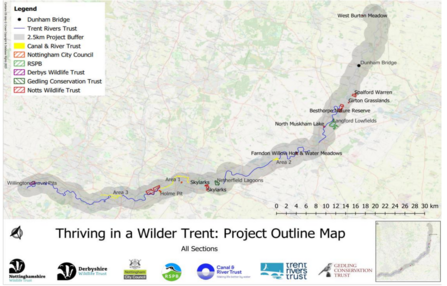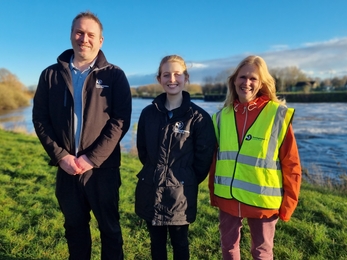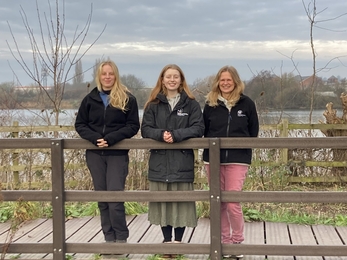Helping habitats along the River Trent
Thriving in a Wilder Trent is a project to manage and restore priority floodplain habitat across the River Trent and tributaries, funded by the Species Survival Fund plus a funding match by Severn Trent Water. The aim is to benefit numerous species associated with wetland habitats in the area. The project is being delivered through a partnership with several other trusts and organisations.

Overarching objectives
🌳 Improving quality and area of existing wildlife sites
🌱 Increasing connectivity of wetland habitat
🕷️ Controlling invasive species
🌡️ Climate change resilience
🏘️ Increase community engagement in nature recovery
Target species
Through this project we are aiming to create and restore habitat for a large number of species. For a run down of the species we are helping, check out our listing of the top ten species to benefit from our work!
Project area
Thriving in a Wilder Trent covers 90km of the River Trent, including 615ha of land, and 29km of canal.
Project outcomes
Read our Project Outcomes page for info on the works being delivered around the River Trent.
We are also engaging the community in the area, offering free social events such as wellbeing walks. See our community engagement page for more info!
Meet the project team
If you would like to know more and discuss the project with the team then get in touch with them directly through the form below.
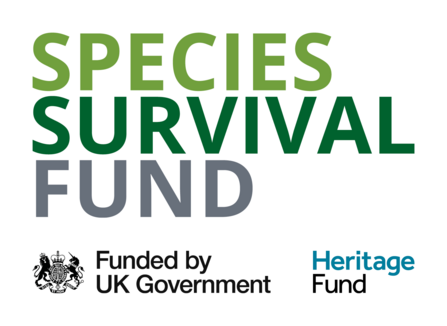
This project is funded by the Government's Species Survival Fund. The fund was developed by Defra and its Arm's-Length Bodies. It is being delivered by The National Lottery Heritage Fund in partnership with Natural England and the Environment Agency.
